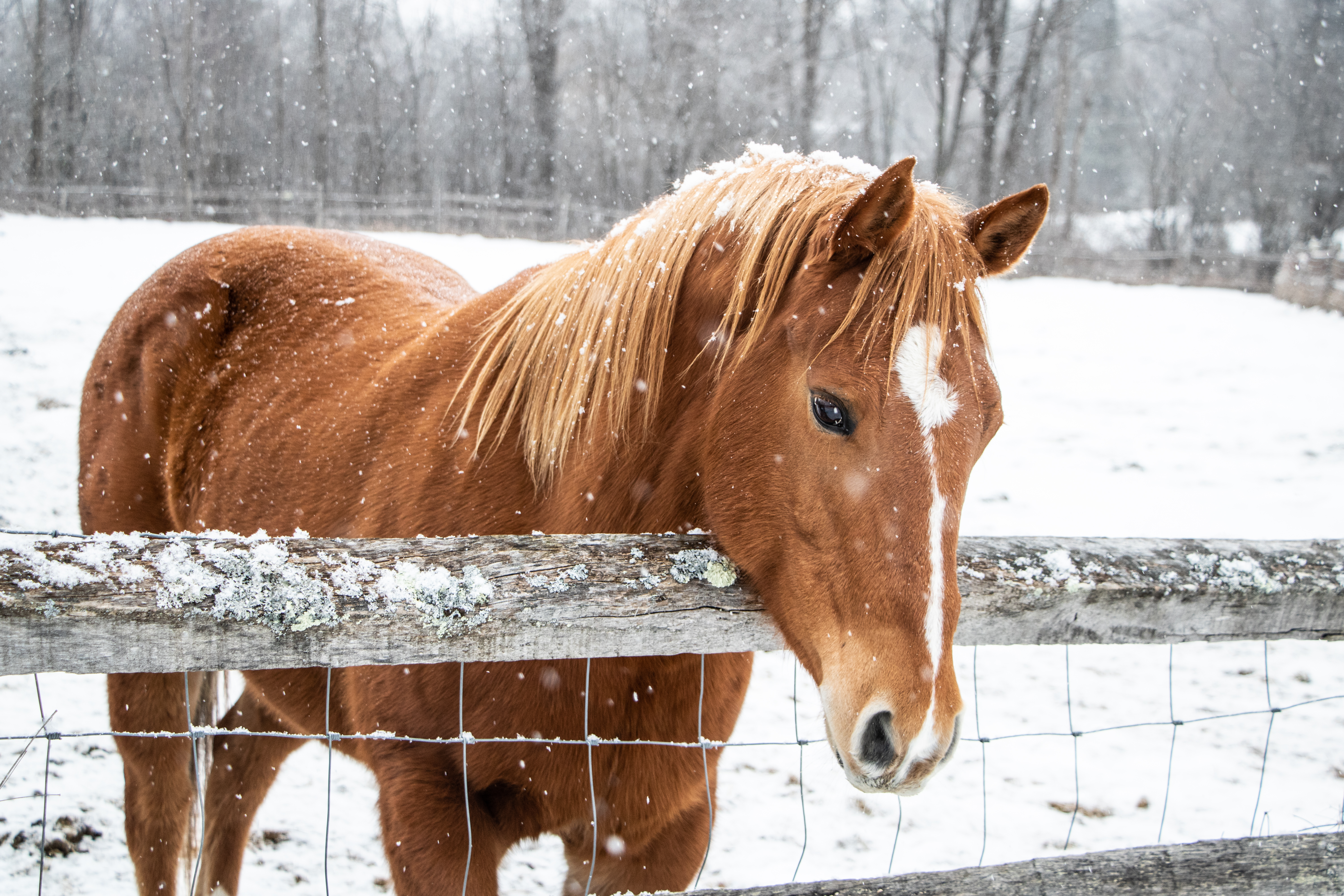Maximizing turnout time is nearly always the best thing for a horse’s physical and mental health, and even in frigid temperatures, most cope remarkably well if they are wearing appropriate...

Maximizing turnout time is nearly always the best thing for a horse’s physical and mental health, and even in frigid temperatures, most cope remarkably well if they are wearing appropriate blankets and have access to shelter. However, winter weather can sometimes create hazardous footing, especially for older, arthritic horses. It might be wise to change your turnout routines or keep your horses in for the day if your pastures have any of these conditions:

• Deep snow. A fit, healthy horse can navigate deep snow well enough, but it can be physically tiring. Over time, horses will trample paths between important locations—hay, water, shelter—and stick to them until the snow melts. You can make this process easier for them by turning them out while the snow is still falling, so they can create their pathways as it accumulates. That way, they’ll never have to wade through deeper drifts to reach a vital resource.
• Frozen deep mud. A churned-up pasture that freezes solid becomes a treacherous course of unforgiving divots and peaks waiting to twist joints and bruise hooves. If you have a horse with sensitive feet or who has any trouble with balance, skip turnout until warmer temperatures soften the mud.
• Thick ice. If your turnout area looks icy, carefully walk out onto the surface and stomp. If your weight breaks the ice, your horses will be fine on it. Thicker ice, however, can cause serious injuries if a horse slips and falls. If your ice is too thick to break through, consider an alternative turnout space, such as an indoor arena, or perhaps another pasture that gets more direct sunlight, until the ice melts.


"*" indicates required fields